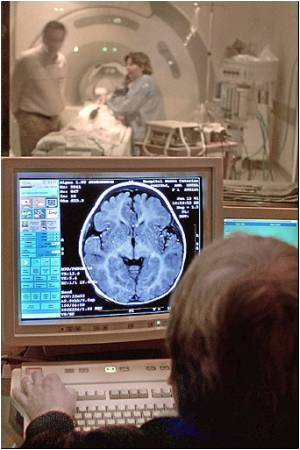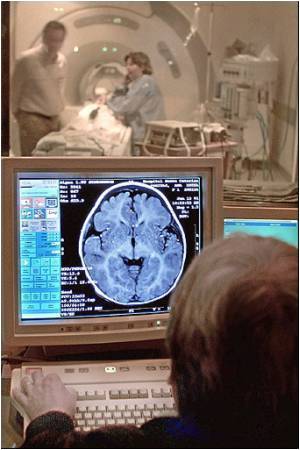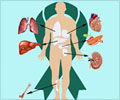A second exam on a person who is considered brain dead could prove to be financially and emotionally traumatic.

For the study, scientists reviewed the cases of 1,229 adults and 82 children ages one and older pronounced brain dead. The information was taken from the New York Organ Donor Network database during a 19-month period.
"One of the most disturbing findings of our study is the prolonged anguish imposed on grieving families in the intensive care unit waiting for the second brain death exam," said study author Dana Lustbader, MD, FCCM, FCCP, with The North Shore LIJ Health System in Manhasset, New York. "Not only is the opportunity for organ donation reduced, but families may endure unnecessary suffering while waiting an average of 19 hours for the second exam to be completed."
"Since organ viability decreases the longer a person is brain dead, our results show that conducting more than one brain death examination results in the loss of potentially life-saving organs," reports Lustbader. "A repeat exam adds an extra day of intensive care resulting in additional costs of about a million dollars per year in the New York region alone."
The study found that none of the people declared brain dead in the first exam were found to have restored brain stem function in the second exam.
Lustbader noted that 166 people, or 12 percent, sustained a cardiac arrest while awaiting a second exam or after the second exam, making them ineligible for organ donation.
Advertisement
In New York, the State Department of Health''s 2005 brain death guidelines require a breathing test and two clinical brain death exams, carried out six hours apart. In 2010, the American Academy of Neurology updated its brain death guidelines, which now call for only one brain death examination.
Advertisement
Source-Newswise














